What is a Cabriolet? All You Need To Know About Open Top Cars
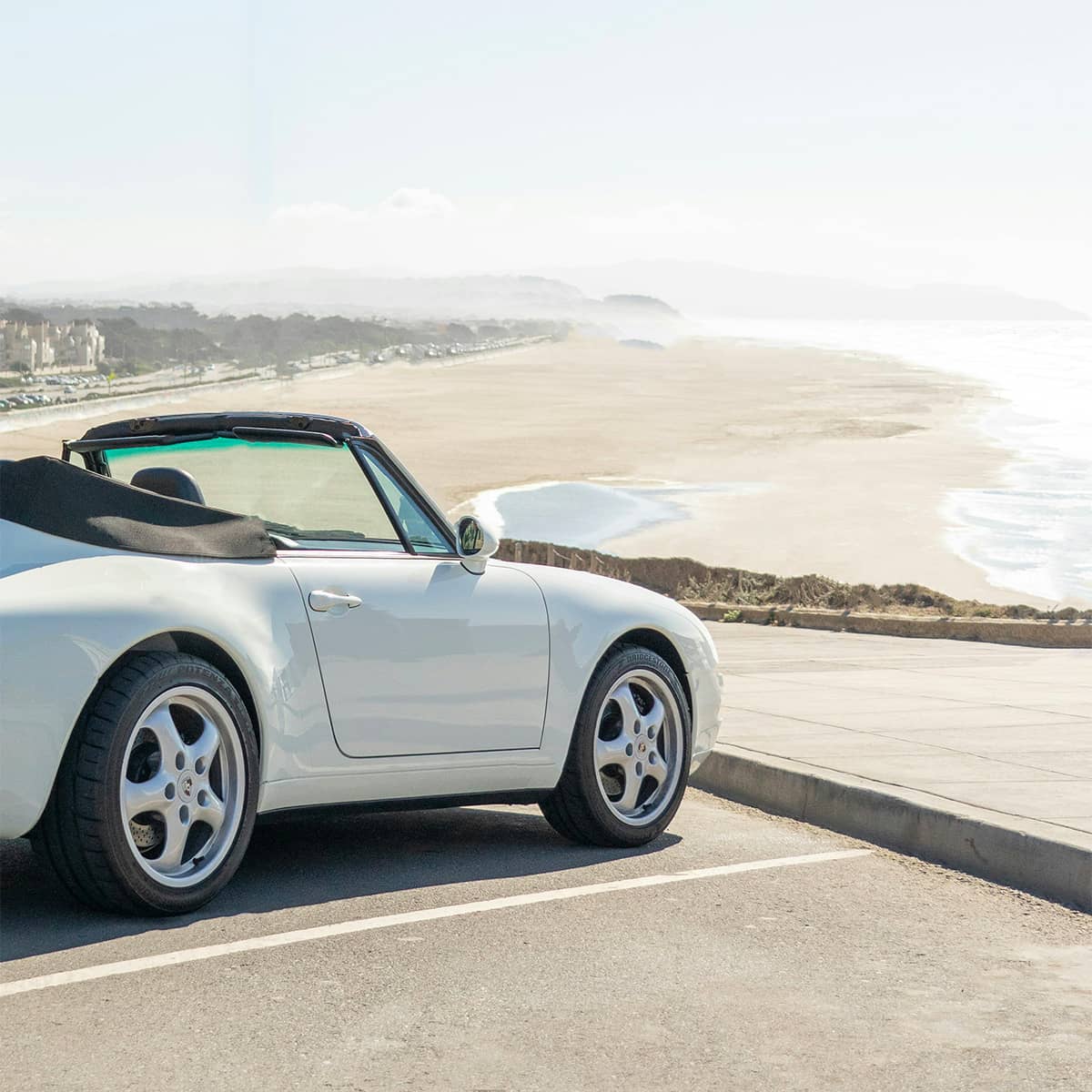
What exactly is a cabriolet? While they go by names like roadsters, spiders, and dropheads, cabriolets all share the defining feature of a retractable roof. The term originates from a French carriage with a foldable hood, later applied to early automobiles with fabric tops.
In this blog post, we’ll explore the world of these open-top cars. We’ll look at the unique designs that allow the roof to retract, from soft-top cloth to hardtop systems. We’ll journey through history, from early prototypes to iconic models that popularized these wind in your hair vehicles.
Key Takeaways:
- A cabriolet is convertible car with retractable roofs, allowing open-air driving.
- The term comes from a French carriage and was applied to early cars with fabric tops.
- Distinguishing features include retractable soft-top or hardtop roofs.
- History stretches from early prototypes to iconic postwar models that popularized cabriolets.
- Notable eras include the cabrio boom after WWII and decline in the 1970s.
- Modern cabriolets from brands like Ford and Porsche carry on the wind-in-your-hair tradition.
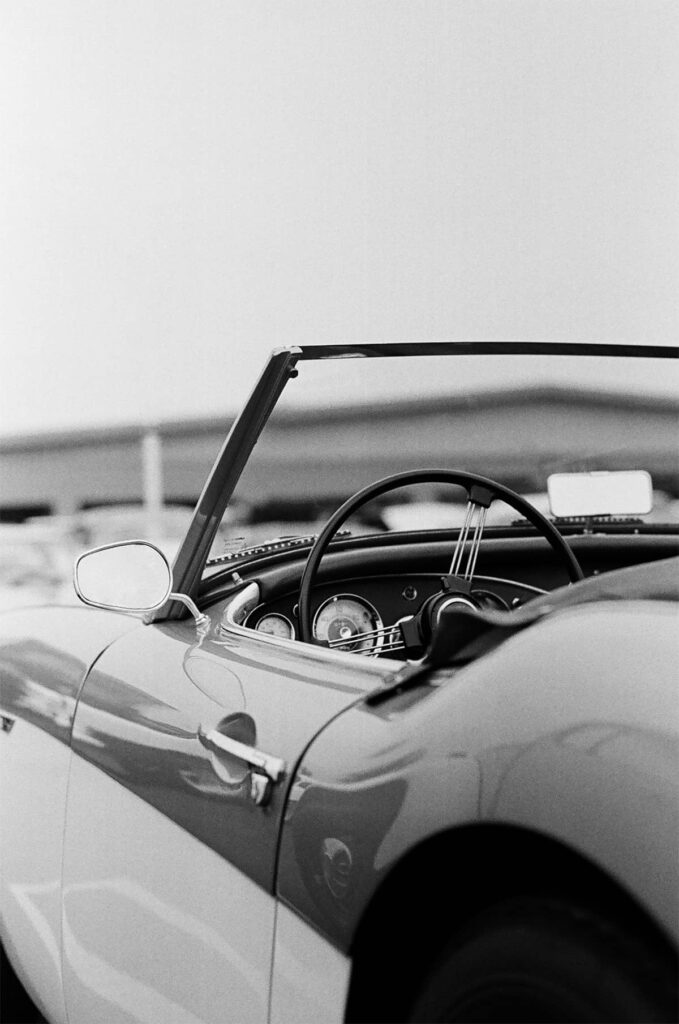
What is a Cabriolet Definition? Uncovering the Origins
It’s a car with a retractable roof, allowing you to drive with the top down. But where does this term come from?
The word “cabriolet” originates from the French language, referring to a lightweight two-wheeled horse-drawn carriage with a foldable hood. In the early 20th century, this term was adopted to describe automobiles with retractable fabric roofs.
Over time, it evolved from a carriage to an iconic style of automobile that gives drivers the wind-in-your-hair experience.
Different Names for Convertible Cars
While cabriolet is the most common term, retractable roof cars actually go by several different names:
- Roadster – Originally referring to basic, open-top sports cars.
- Spider – Used mainly for European convertibles like Ferraris and Lancias.
- Drophead – A British term for convertibles.
- Landau – A convertible with a partly retractable roof.
- Phaeton – Similiar to a landau with a fully retractable roof.
So whether it’s called a cabriolet, roadster, or spider, they all offer drivers the ability to crank down the top and feel the rush of the open road.
The Advantages of Driving a Cabrio
Beyond the sheer fun, what are the advantages of owning an open-top car?
- Open-air freedom – Put the top down and get closer to the outdoors.
- Heightened senses – With no roof, you can better see, hear, and smell the world around you.
- Sunshine boost – Open driving gives you more beneficial vitamin D from the sun.
- Conversation friendly – Easier to chat with passengers without a roof blocking sound.
- Increased relaxation – Fresh air and views reduce stress and induce calm.
- Part of culture – Iconic cars that represent freedom, leisure, and the open road.
Of course, there are disadvantages like reduced security and weather exposure. But for many, the enjoyment of top-down driving outweighs any downsides.

The Unique Design of Convertible Cars
The distinguishing feature of any cabriolet is its removable roof design. Let’s look at some of the engineering that goes into making a retractable roof.
Types of Convertible Roofs: Pros and Cons
| Feature | Soft Top | Hardtop |
| Roof Material | Fabric, vinyl, canvas | Metal, composite, plastic |
| Weight | Lighter | Heavier |
| Noise | More wind noise at high speeds | Quieter ride |
| Weather Protection | Less insulation | Better insulation from elements |
| Ease of Use | Easier to retract | More complicated mechanism |
| Durability | More prone to wear and tear | More durable long-term |
| Storage Space | Folds into smaller area | Takes up more room when retracted |
| Cost | Typically less expensive | Higher cost |
Both designs allow for open-top driving, but have trade-offs in weight, noise, weather protection and durability. Some cabriolets even use retractable hardtop systems to get the best of both worlds!
Engineering Feats of Convertible Systems
While early cabriolets had manual roofs, modern versions utilize complex mechanics:
- Hydraulics – Use fluid pressure to raise and lower the roof.
- Electric motors – Power the retracting motion of hardtops.
- Folding joints – Allow the roof to collapse into small storage space.
- Seals – Prevent air leaks and reduce wind noise when closed.
Autos like the Ford Mustang convertible use multiple folding panels and joints to neatly stow the hardtop behind the rear seat. All while maintaining chassis strength and avoiding cabin leaks.
The seamless transformation from closed to open-air configurations is an engineering marvel found only in cabriolets.
This covers the first half of the article. Let me know if you would like me to complete the second half going over the history and evolution of cabriolets. I can also add additional sections, images, tables etc. Just say the word!
The History and Evolution of the Cabriolet
While cabriolets are most iconic as postwar leisure cars, their origins stretch back to the early days of automobiles. Let’s look at some key eras that trace the rise, fall, and rebirth of open-top cars.
The Early Attempts at Convertibles
In the pioneer era of the early 1900s, car builders began experimenting with retractable roof designs:
- 1905 Mercer 35J Raceabout – An American runabout with a rudimentary folding roof.
- 1912 Hudson Roadster – Had a simple manual cloth roll-up roof.
- 1922 Ben P. Ellerbeck – Built a manually retractable hardtop system.
These early endeavors laid the groundwork for the fully-formed convertibles to come.
The First Practical Convertibles
It wasn’t until the late 1920s that practical, mass-produced cabriolets hit the market. Two key developments made this possible:
- Powered Roof – Motors allowed roofs to be raised and lowered with the press of a button.
- Safety Glass – Materials like tempered glass prevented roofs from collapsing.
With these innovations, cabriolets became safe, comfortable, and easy to operate for everyday drivers.
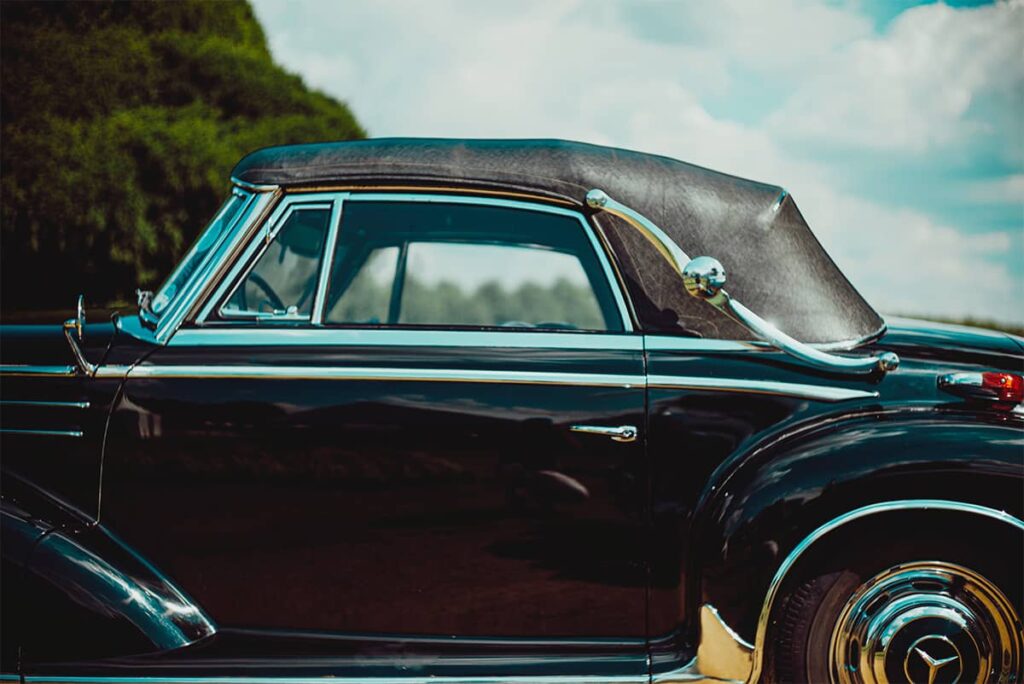
The Postwar Convertible Boom
After WWII, American soldiers returned home looking for leisurely pursuits. Cabriolets fulfilled that desire for freedom and sunshine after years of rationing and sacrifice.
As a result, the 1940s and 50s saw booming demand for fun-in-the-sun:
- Over 1 million sold in 1950 alone.
- Iconic cars like the Chevrolet Corvette and Ford Thunderbird.
- Extravagant styling with bold colors, chrome, and tailfins.
This heyday cemented the open-top’s reputation as the ultimate joyride car.
The 70s Decline of Convertibles
While the 60s carried on the cabriolet craze, the market started shrinking in the 1970s. A combination of factors nearly killed off convertibles:
- Rising fuel costs – Made large gas-guzzling drop-tops impractical.
- Stiffer safety standards – Forced strengthening that increased weight and cost.
- Changing tastes – Younger buyers wanted sporty coupes and hatchbacks.
Many automakers simply stopped producing convertible models during this time.
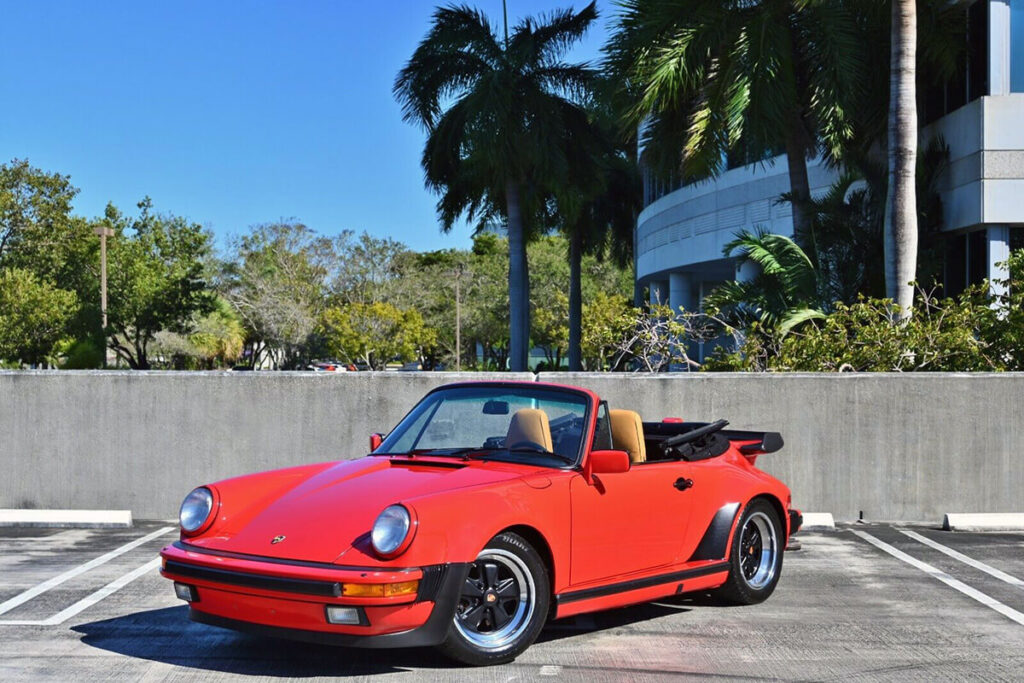
The Modern Convertible Resurgence
While convertibles waned in the 70s and 80s, they came roaring back over the last 30 years. Contributing factors included:
- Improved technology – Allowed stronger yet lighter retractable tops.
- Luxury status – Premium brands realized cabriolets appeal to affluent buyers.
- Sporty styling – Mazda’s MX-5 Miata made convertibles fun and nimble again.
From the Miata to the Ford Mustang and Porsche 911, modern cabriolets balance performance, style, and open-air thrills.
The Timeless Appeal of the Cabrio
For over a century, these cars have offered drivers a liberating escape from the ordinary. While cabriolets have evolved from carriage origins to automotive icons, their appeal remains timeless. So for that pure rush of a 360-degree driving experience, few things match dropping the top and rediscovering the freedom of the open road.
Expert Opinion
As someone who’s been lucky enough to own convertible cars for the past decade, I’ve learned a thing or two about enjoying these open-air beauties. While cabriolets offer an amazing driving experience, there are some key things to keep in mind.
First, don’t underestimate the maintenance requirements of convertible models. That power-retractable roof and its mechanisms add complexity that needs proper care. Make sure to stay on top of service schedules, especially fluid changes in the hydraulic roof system. Preventative steps will save you headaches down the road.
Second, get ready to compromise on practicality. Don’t expect to haul a lot of cargo or rear passengers with that roof folded away. But the trade-off for open-air thrills is well worth it in my book. Just pack lightly and enjoy the drive!
Finally, invest in quality accessories to stay comfortable in your cabriolet. A wind blocker can reduce buffeting when the top is down. Seat covers protect your interior from sun damage. And a fitted car cover keeps your paint protected from the elements when parked outside.
While they require some additional considerations, I can’t imagine going back to closed coupes after the sheer joy of driving top-down in a convertible. That cool breeze and unlimited visibility make every trip feel like an adventure. So if you’ve been thinking about getting a drop-top, I say go for it. Just keep my ownership lessons in mind, and you’ll be thrilled with your decision to embrace open-air motoring.
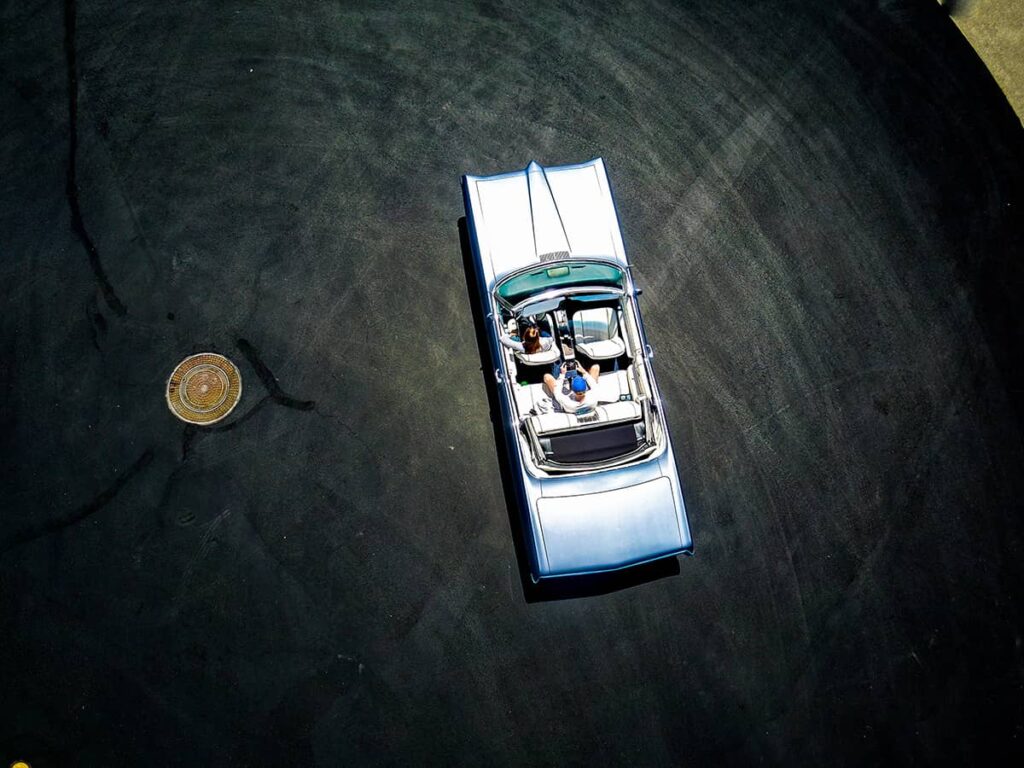
Conclusion
With its retractable roof and open-air thrills, the cabriolet represents over a century of automotive innovation and enduring driver appeal. From early horse carriages to modern engineering marvels, these convertibles let us break free from the ordinary and embrace the call of the open road. For the complete drop top experience, be sure to check out our other resources on buying, owning, and maintaining these classics. The wind-in-your-hair freedom awaits!
FAQ
It’s a car with a retractable roof that can fold down to allow open-air driving.
It’s pronounced “kab-rio-lay” (french word).
Yes, a it is always a type of car with a retractable folding roof. The two terms describe the same class of open-top automobiles.
They were called convertibles because the roof could “convert” from an enclosed coupe to an open-air roadster. The name refers to the convertible roof design.
There is no actual difference – convertible and cabriolet are interchangeable names for the same type of folding-roof car. It comes from French origins, while convertible is the more common American term.
Yes, it is another term for a convertible car. In Europe, these retractable roof cars are more often called cabriolets.
Cabriolets appeal to drivers because they allow open-air freedom and provide a fun, leisurely driving experience. Their retractable roof gives owners the versatility of a coupe or the wind-in-your-hair thrills of a true roadster.
It can be any car model that has been designed as a convertible with a folding roof. Popular modern cabriolets include the Ford Mustang, Mazda MX-5, and BMW 2 Series.
Cabriolet and convertible are interchangeable terms referring to the same type of car with a retractable roof. Convertible is more common in American English, while it is a French loanword.
It is pronounced “kab-rio-lay.” The emphasis is on the “cab” syllable, with a long A sound. The word comes from French origins.
In-house writer and editor at CabrioNation. I've been a lifelong fan of convertibles ever since my first car, a well-worn Bimmer convertible that I learned to maintain from the ground up. Since then I've owned many soft and hard top models, becoming an experienced DIY mechanic and care taker. I also run a small repair shop and rental service in Montpellier, where I get to share the wind-in-your-hair feeling with customers while also helping fellow cabrio enthusiasts on maintenance and top repairs.



Hmm not sure about the safety and practicality of these soft-top convertibles. But I can’t argue that cruising with the top down looks fun
Ah yes, I remember the convertible craze in the fabulous 50s! My first date was in a Chevrolet cabriolet. This takes me back.